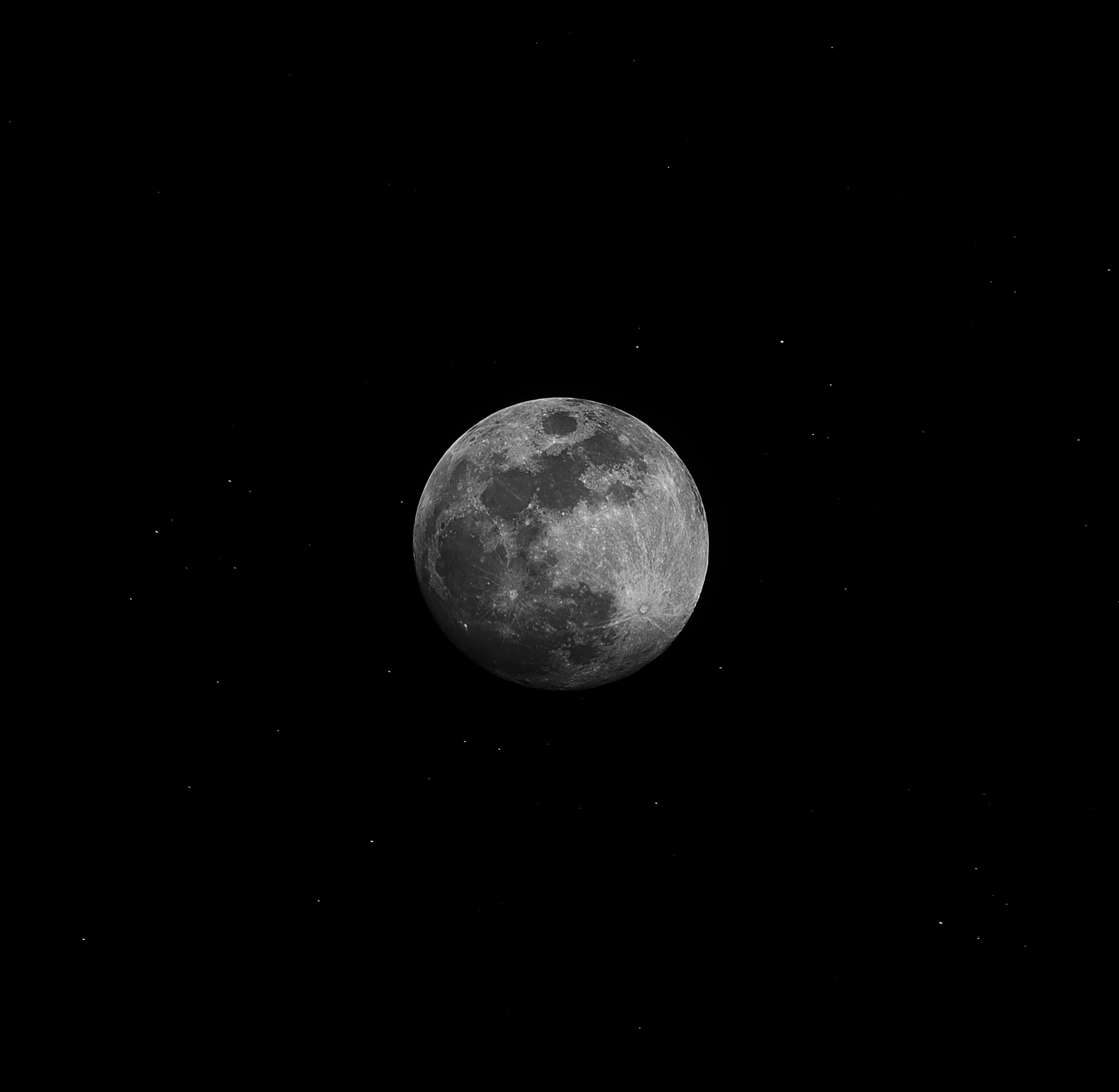What Does Gibbous Mean in Moon Phases?
If you’ve ever looked up at the night sky and noticed a moon that wasn’t quite full, you might have been observing a gibbous moon. The term “gibbous” is used to describe the shape of the moon when it is more than half illuminated but not quite fully lit. In this blog post, we will explore what gibbous means in the context of moon phases, how it differs from other lunar phases, and why it is such a remarkable sight to behold.
The Basics: Understanding Moon Phases
Before delving into the details of gibbous moons, it’s important to have a basic understanding of moon phases. The moon goes through a continuous cycle of changes in its appearance as it orbits around the Earth. We commonly divide this cycle into eight distinct phases:
- New Moon
- Waxing Crescent
- First Quarter
- Waxing Gibbous
- Full Moon
- Waning Gibbous
- Last Quarter
- Waning Crescent
Each phase represents a specific portion of the Moon that is illuminated by the Sun. These changes occur due to the relative positions of the Sun, Moon, and Earth at different points in time.
Defining Gibbous Moons
When we refer to a gibbous moon, we are specifically talking about the Moon’s appearance during the Waxing Gibbous and Waning Gibbous phases. During both of these phases, the Moon is more than half illuminated, but not yet fully illuminated like it is during the Full Moon phase.
A Waxing Gibbous moon occurs between the First Quarter and Full Moon phases, whereas a Waning Gibbous moon occurs between the Full Moon and Last Quarter phases. Both stages mark a transition period between the half-illuminated phases and the full illumination or complete darkness of the Moon.
During a gibbous moon phase, observers can typically see a large portion of the Moon’s surface. The illuminated region appears convex and bulging, which is what gave rise to the term “gibbous” in the first place. The word gibbous is derived from the Latin word gibbus, meaning “hump” or “hunch.”
How Does Gibbous Differ from Other Moon Phases?
Gibbous moons are distinct from other moon phases in terms of their illumination. Here’s a quick breakdown of the different phases and how they compare:
| Phase | Description |
|---|---|
| New Moon | The Moon is not visible from Earth as the illuminated side faces away from us. |
| First Quarter | Exactly half of the Moon is visible from Earth, resembling a right-side-up “D”. |
| Full Moon | The entire illuminated side of the Moon is visible from Earth, appearing as a complete circle. |
| Waxing Crescent | A small sliver of the illuminated side is visible, appearing as a crescent moon but with the illuminated side on the right. |
| Waning Crescent | The same crescent shape as the Waxing Crescent but with the illuminated side on the left. |
| Waxing Gibbous | More than half of the illuminated side is visible but not yet fully illuminated like during the full moon. |
| Waning Gibbous | Similar to Waxing Gibbous but with the illuminated portion gradually decreasing. |
| Last Quarter | Half of the Moon is visible, but it is opposite to the First Quarter, resembling a backwards “D”. |
As you can see, both Waxing and Waning Gibbous phases offer a unique glimpse of the Moon as it waxes and wanes towards full illumination or complete darkness.
Why Gibbous Moons Are Fascinating
There are several reasons why gibbous moons capture the fascination of skygazers and astronomers alike:
- Visibility: During the gibbous phase, a significant portion of the Moon is visible. This provides an opportunity to observe different lunar features such as craters, mountains, and valleys in greater detail.
- Illumination Contrasts: The contrast between the illuminated and dark parts of the Moon during gibbous phases is visually striking. It allows us to appreciate the dimensionality and topography of our celestial neighbor.
- Extended Observation: Gibbous moons are observable for a more extended period compared to other phases like the New Moon or Full Moon. This makes them convenient for skywatchers who may not have the opportunity to stargaze every night.
- Photographic Opportunities: The combination of the Moon’s visibility and the illumination contrasts in gibbous phases provides excellent opportunities for astrophotography enthusiasts to capture stunning lunar images.
Additionally, gibbous moons hold cultural and historical significance in various societies around the world. They have been linked to legends, folklore, and religious customs, further enriching their allure and intrigue.
In Conclusion
A gibbous moon is a phase of the lunar cycle when more than half but less than the entire illuminated side is visible from Earth. These phases provide a bridge between the half-illuminated phases and the full illumination or complete darkness of the Moon. The visibility, illumination contrasts, and extended observational opportunities make gibbous moons an exciting sight for both casual observers and dedicated skywatchers. So the next time you spot a moon that isn’t quite full, take a moment to appreciate the captivating beauty of a gibbous moon hanging in the night sky.
Table of Contents
